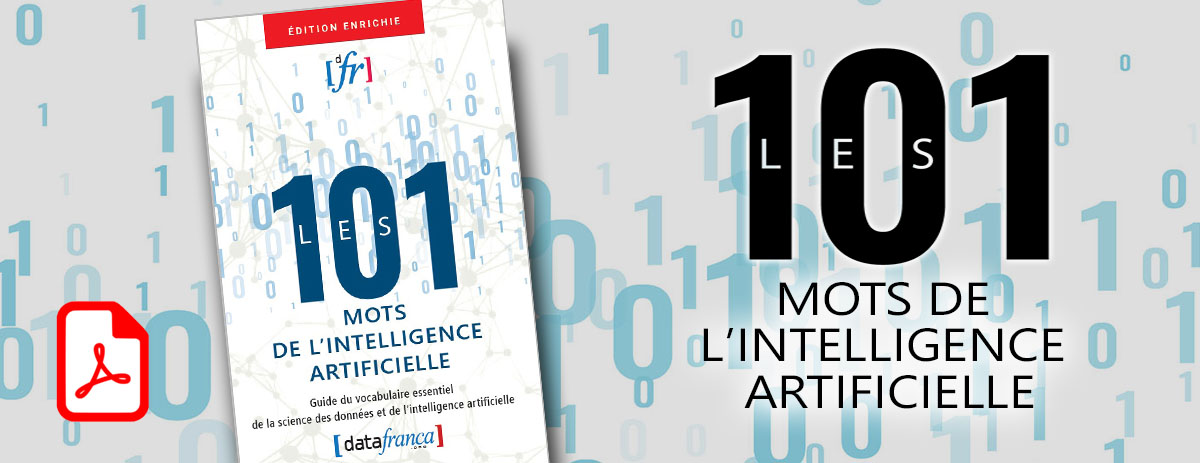Lisp
Domaine
Intelligence artificielle
Histoire de l'IA
Langage de programmation
Définition
Lisp est un nom propre désignant un langage de programmation spécialisé pour l'intelligence artificielle qui incorpore des concepts de programmation procédurale et de programmation fonctionnelle. Le terme Lisp a été créé à partir de l'anglais « list processing ». Lisp se distingue en outre par une syntaxe simple en notation préfixée qui utilise des parenthèses, son typage dynamique des données, sa gestion automatique de la mémoire et la faculté de manipuler le code source en tant que structure de données facilitant la métaprogrammation. Créé en 1958 par John McCarthy du MIT, Lisp a une importance historique car il fut le deuxième langage de programmation largement répandu après Fortran. Lisp qui existe sous de nombreux dialectes, influença le développement de nombreux outils pour l'intelligence artificielle dont les fameuses machines Lisp des années 80.
Français
Lisp
LISP
Note: Nom propre désignant un langage de programmation spécialisé pour l'intelligence artificielle.
Source:
https://fr.wikipedia.org/wiki/Lisp
Anglais
Lisp (programming language)
Lisp (historically, LISP) is a family of computer programming languages with a long history and a distinctive, fully parenthesized prefix notation.[3] Originally specified in 1958, Lisp is the second-oldest high-level programming language in widespread use today. Only Fortran is older, by one year.[4][5] Lisp has changed since its early days, and many dialects have existed over its history. Today, the best known general-purpose Lisp dialects are Common Lisp and Scheme.
Lisp was originally created as a practical mathematical notation for computer programs, influenced by the notation of Alonzo Church's lambda calculus. It quickly became the favored programming language for artificial intelligence (AI) research. As one of the earliest programming languages, Lisp pioneered many ideas in computer science, including tree data structures, automatic storage management, dynamic typing, conditionals, higher-order functions, recursion, the self-hosting compiler,[6] and the read–eval–print loop.[7]
The name LISP derives from "LISt Processor".[8] Linked lists are one of Lisp's major data structures, and Lisp source code is made of lists. Thus, Lisp programs can manipulate source code as a data structure, giving rise to the macro systems that allow programmers to create new syntax or new domain-specific languages embedded in Lisp.
Contributeurs: Claude Coulombe, Jacques Barolet, wiki










